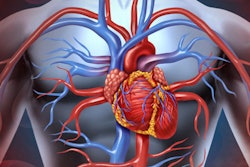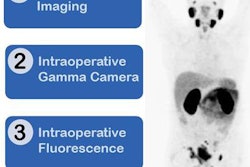Dear AuntMinnieEurope Member,
In a few short years, quidditch has become a popular sport in many parts of the globe. Last year's World Cup attracted 21 teams and several hundred competitors, and it might even become an Olympic sport in the future.
Quidditch is a fun activity, but it's also a heavy-contact sport, and men and women play on the same side, so fractures are fairly common. Researchers from Oxford, U.K., have conducted a five-year retrospective review of injuries. To learn more, go to the MRI Community, or click here.
Home reporting appeals to many people, but relatively few European hospitals have actively promoted the idea. In the second part of our series, we focus on a group in the south of England that has developed a coherent strategy for home reporting and is investing heavily in this area. Visit the Imaging Informatics Community, or click here.
A highlight of the U.S. Society of Nuclear Medicine and Molecular Imaging annual meeting is always the selection of the Image of the Year. The prestigious award signifies the major advances taking place in this important subspecialty.
This year, the prize went to a group from the German Cancer Research Center and Heidelberg University Hospital, who used a combination of PET/CT and an intraoperative fluorescence-guided modality to image prostate cancer lesions that are positive for prostate-specific membrane antigen. Find out more in our Molecular Imaging Community, or click here.
Hybrid imaging has increased in popularity in recent years, but national diagnostic reference levels don't exist in all countries. The U.K. has just unveiled its reference levels for six common examinations, and you can get the details here.
An imaging-first strategy using stress echocardiography is cost-effective and appears to be safe in patients with high pretest probability of coronary artery disease, a new study has found. Go to the Cardiac Imaging Community, or click here.



















